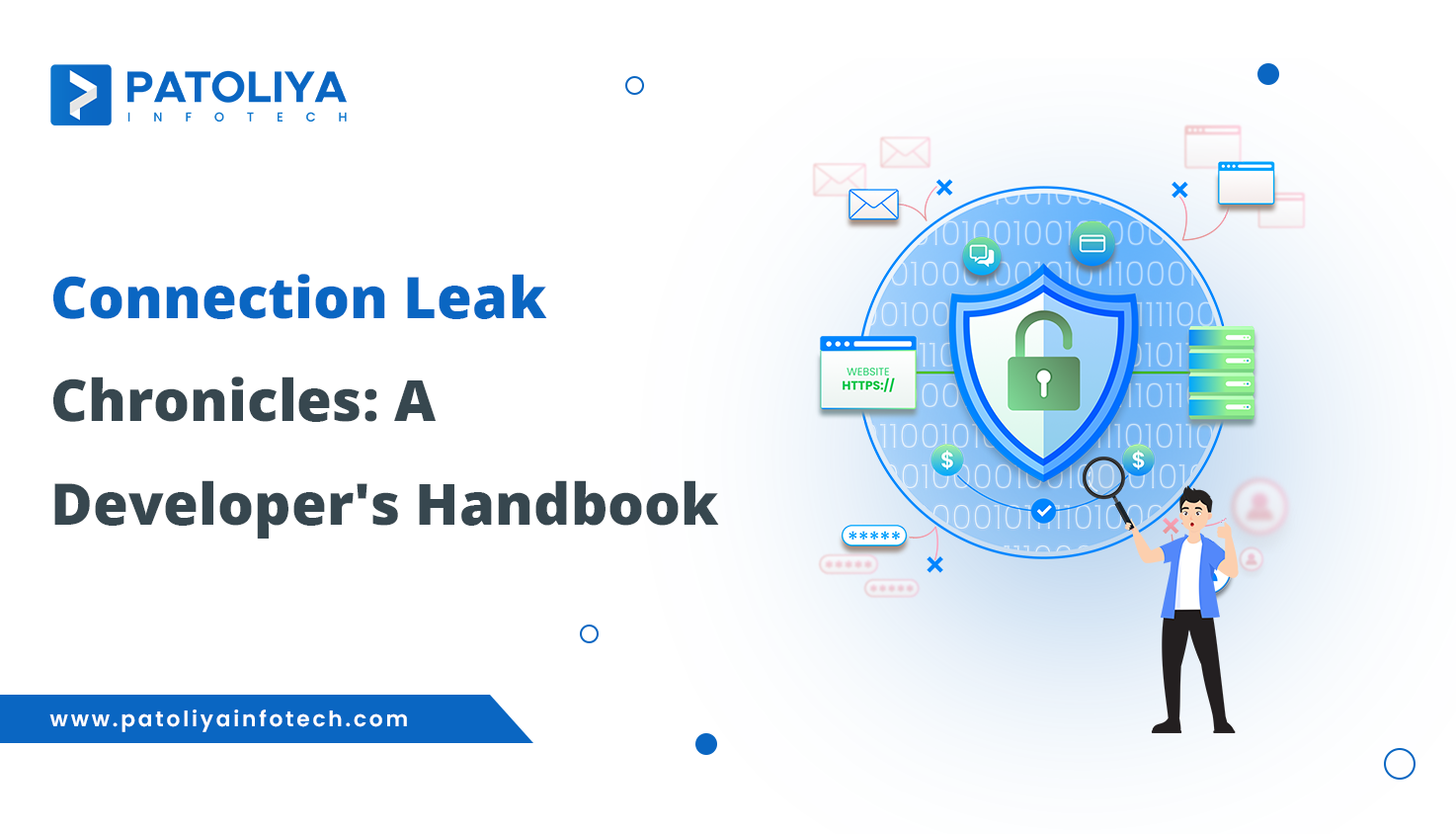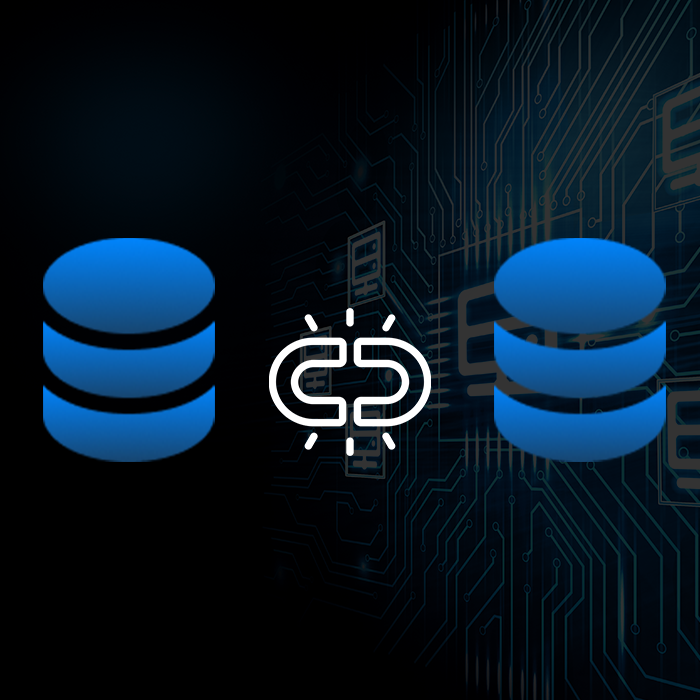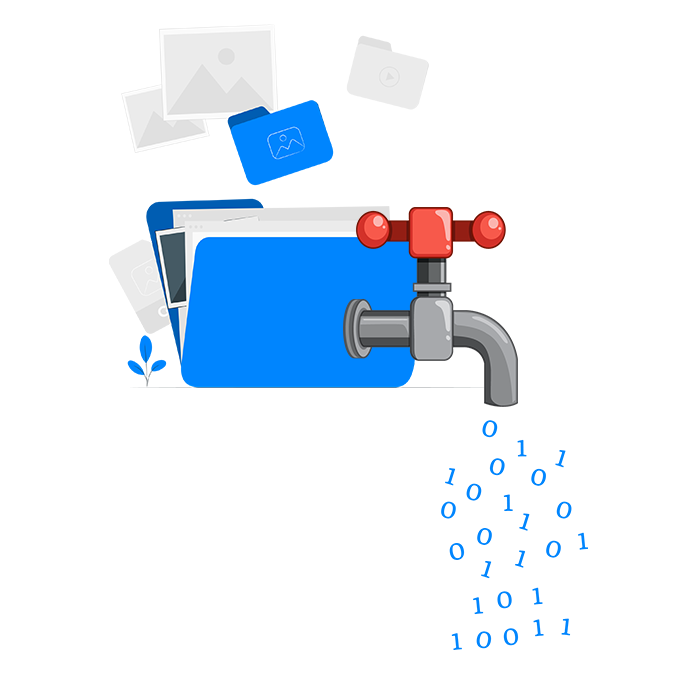Connection Leak Survival Guide: Tips and Tricks for Developers

Handling connection leaks has become an essential skill for developers in the fast-paced world of software development, where every line of code contributes to the smooth operation of programmes.
This article will explore the complexities of network breaks, including their causes, signs, effects on performance, countermeasures, and optimal techniques for managing connections.
A software programme can experience a linkage break when it does not relinquish resources it has used, including database connections. The performance of the application may be impacted, and system breakdowns may result from this mistake, among other problems.
Network breaks are a major concern in the field of software development, where dependability and efficiency are crucial. To guarantee ideal programme performance, developers need to be proficient in locating and fixing these loss.
Causes of Connection Leaks

The improper closing of database connections is a typical source of connection leaks. In the haste to make deadlines, developers might forget this important step and let connections build up over time.
A contributing factor to Link Loss may be inadequate error and exception handling. Unhandled exceptions can impede the regular execution of programmes by preventing resources from being freed and connections from being terminated.
Ineffective resource management techniques might also lead to linkage breaks. When resources, such file handles or network sockets, are not released quickly, the performance of the programme might gradually deteriorate.
Detecting Link Leaks
Employing monitoring tools targeted for discovering Link Leaks is a proactive strategy. In order to detect cases of open connections and offer timely solutions, these technologies conduct real-time analysis of application behaviour.
Expert developers can find possible connection break by doing routine code inspections and analysis. Seeing the codebase via new eyes frequently reveals oversights and inefficiencies that automated tools could overlook.
Empower your security stance! Explore the latest in cybersecurity beyond firewalls. Take charge of your digital defense – click to discover innovations!
Impact on Performance
Application responsiveness can slowly decrease as a result of connection leakage. An uncomfortable user experience might result from the programme processing requests slowly as a result of an accumulation of open connections.
Unchecked Linkage Breaks can, under severe circumstances, build up to the point where they deplete system resources, crashing the programme or perhaps the whole system. The need of proactive Network Breaks management is highlighted by this case.
Strategies to Prevent Linkage Breaks
Developers need to take great care to make sure that connections are quickly terminated after usage. This entails putting strong closure mechanisms in place inside the code, such try-with-resources in Java and other similar languages.
It is critical to handle exceptions thoroughly. It is imperative for developers to account for probable failures and exceptions to ensure resource delivery even in the event of unforeseen circumstances.
Using connection pools is a commonly used tactic. Applications may reuse existing connections thanks to connection pooling, which lowers the expense of constantly creating and breaking connections.

Best Practices for Connection Management
Maintaining a high level of code cleanliness is facilitated by routinely evaluating code for connection management procedures. Problems don't get worse if possible connection leaks are found and fixed early in the development process.
It is crucial to make certain that development teams receive enough training on connection management best practices. Teams with more experience are better able to develop effective, error-free code.
Early Network Breaks detection is facilitated by the development process's integration of automated testing. Automated testing are able to replicate different situations and find any problems before they affect the real world.
Future Trends in Connection Management
Automation and AI technologies may become more important in connection management in the future. With the unparalleled speed and precision of these technologies, connection loss may be found and fixed through extensive code analysis.
The industry standards for connection management are probably going to change as the software development environment does. Keeping up with these standards guarantees that developers are using the newest and best methods for preventing Linkage Breaks.
Level up your application security! Discover the strength of NestJS' Guard for robust web protection. Click now to fortify your digital domain!
Wrap Up
Handling connection leaks is not just a technical need, but also a vital part of keeping software systems reliable and effective. To guarantee the smooth operation of their works, developers need to give connection management top priority, implement preventative measures, and keep up with changing industry trends.


